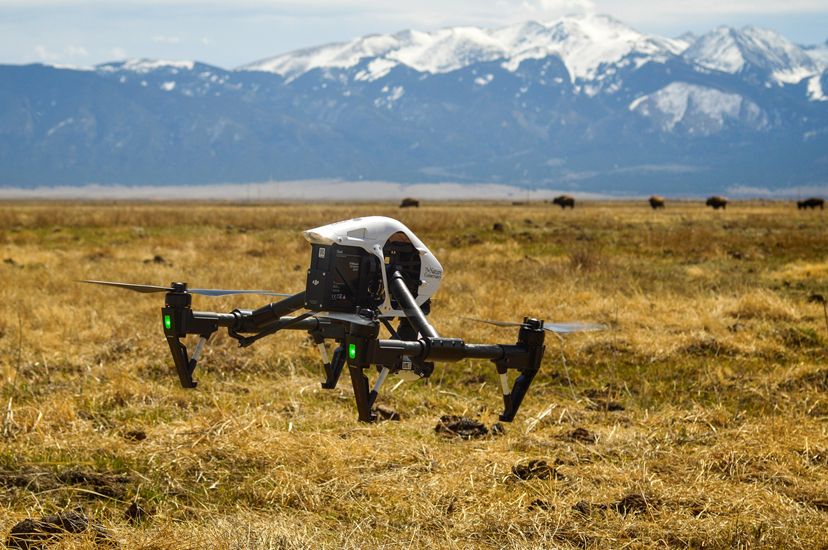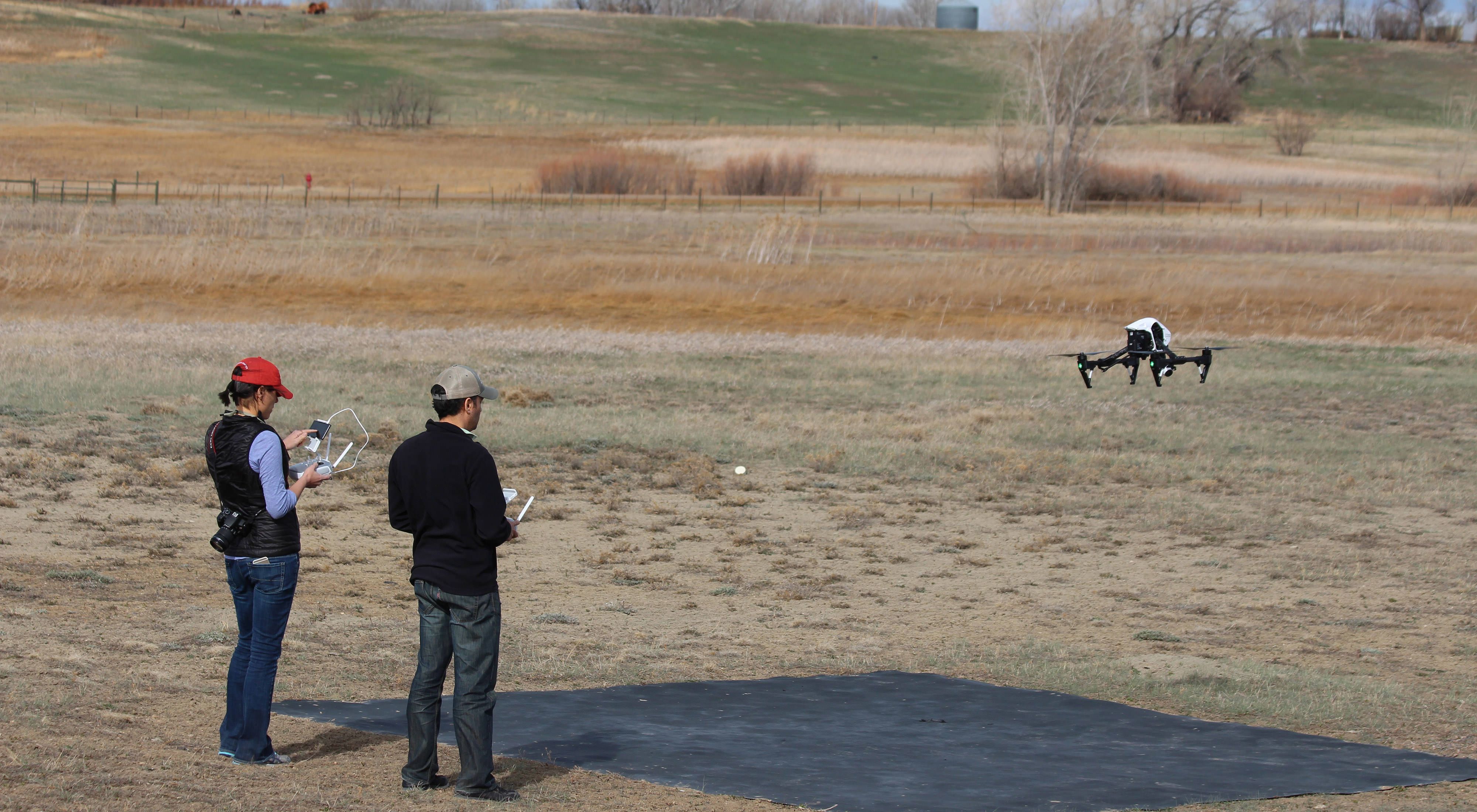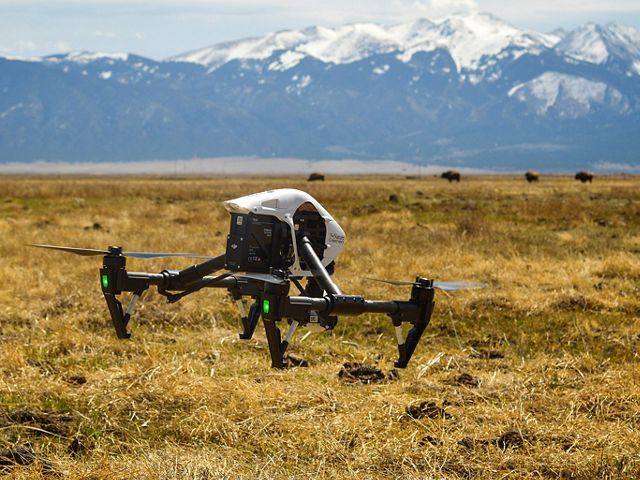Drones for Conservation
Unmanned aeiral vehicles are being used for a variety of conservation work in Colorado.
When you hear the word “drones” the first thing that comes to mind is probably not conservation. But as the technology of Unmanned Aerial Vehicles (UAV) or drones continues to advance, they are proving useful in many facets of conservation work.
At the forefront of this venture is The Nature Conservancy’s Gustavo Lozada, technology and information systems operations manager based in Boulder, CO. Lozada has led efforts to use many forms of technology to further conservation goals across the Conservancy and beyond.
Lozada came to work in Colorado from Venezuela, where he trained and worked in information technology. Starting at a young age, he developed an interest in radio controlled devices. Over time, this passion only grew as the devices became more advanced and, in his current role, Lozada quickly recognized the benefits of using drones to further the Conservancy’s work.

Drones Helping Conservation
The Nature Conservancy in Colorado acquired their first drone in early 2015 and began using it in a variety of ways to benefit the chapter’s land, water and forest conservation efforts. Over the past year, drones have been used to capture “before and after” images of prescribed fires as well as amazing aerial footage during the burns to monitor for safety. They have been used to inventory land in places that are difficult for staff to reach. They have also been used for marketing and philanthropy purposes enabling more people to view properties and connect with our conservation work.
Drones were also essential this past year in tracking bison on the Conservancy’s Zapata Ranch when the landscape prevented staff from driving to their location. In addition, by using attached infrared cameras, drones have helped to create data layers for mapping and analysis on a recent project to identify healthy versus sick Cottonwood trees.
“This work is only the tip of the iceberg for what the technology will allow us to accomplish,” said Lozada, who has been on the front line of investigating rules and regulations around the operation of drones, privacy issues and best practices around acquisition and use of the technology. He is now part of a committee of Conservancy employees in the development of a framework for drone use, which will streamline processes, while complying with necessary regulations.
“Gustavo’s leadership and attention to making sure we have a solid framework for being safe and cost effective will be essential to this technology being a long-lasting tool for advancing science and conservation,” said Chris Pague, senior conservation ecologist with the Colorado chapter.
Quote: Gustavo Lozada
“This work is only the tip of the iceberg for what the technology will allow us to accomplish.'
Sharing Knowledge
As The Conservancy’s leader in drone technology, Lozada is working to instruct other chapters and train employees on operations and guidelines. He has also started advising other NGOs on drone use as he speaks around the country on the topic. Lozada stresses that now is an opportune time to start incorporating drones into the Conservancy’s work worldwide. The technology is readily available and cost has dropped significantly.
“My passion is conservation and my background is technology, this work allows me to combine the two,” said Lozada. “I’m excited to grow the use of drones in the future and brainstorm new ways they can further the Conservancy’s work.”
Partnership
Over the next year, the Colorado chapter plans to expand its work with drones to assist with conservation easement monitoring and tracking wildlife in their environment. They will be assisted by additional technology donated through a partnership developed by Gustavo with Agribotix, a precision agriculture company who has agreed to donate drone use for the Conservancy’s conservation work in Colorado.
“Gustavo has put us on the cutting edge of thinking about all the uses drones may have for our work and his enthusiasm for using this technology is contagious,” added Pague.

